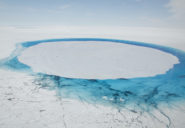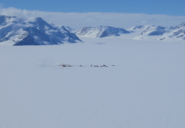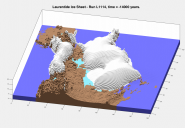
Melting at the Greenland ice sheet is at its fastest rate in 350 years, a new Nature-publication finds. Climate researchers reconstructed 350 years of Greenland ice melt, based on
/ read more


Melting at the Greenland ice sheet is at its fastest rate in 350 years, a new Nature-publication finds. Climate researchers reconstructed 350 years of Greenland ice melt, based on
/ read more
Long, shallow melt lakes form in the Antarctic even in winter, new NESSC-research shows. Even though the sun does not reach the South Pole during winter and temperatures can
/ read more
Meet dr. Elena Popa, who is the new tenure track assistant professor at NESSC! The coming years Elena will work at the Institute for Marine and Atmospheric research Utrecht
/ read more
Glaciologist and national weatherman Peter Kuipers Munneke has joined NESSC since April this year. Based at the Ice and Climate Institute for Marine and Atmospheric Research (IMAU) in Utrecht,
/ read more
Want to know what the melting process of the Greenland ice sheet would look like? You should dive into the past. A model that can reliably reconstruct the past,
/ read more